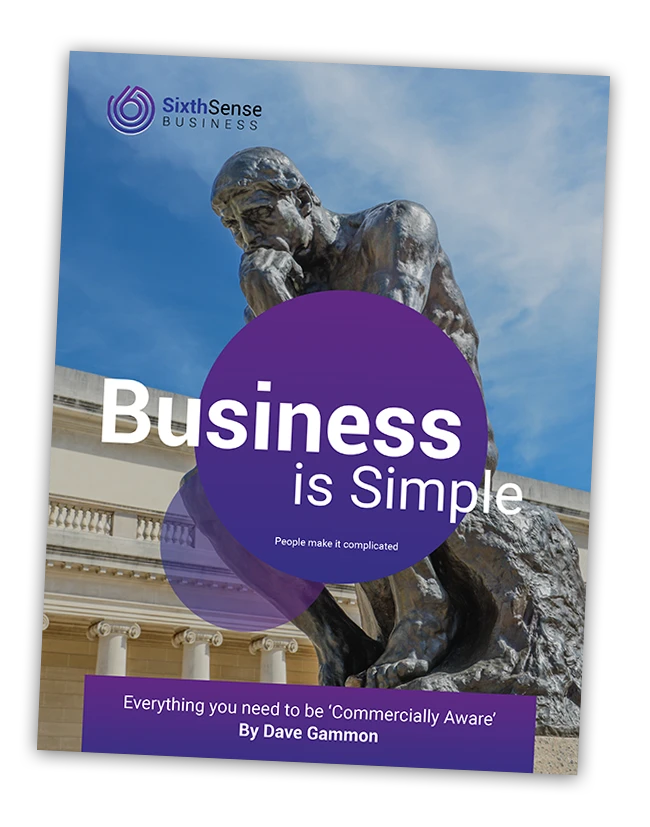
This seemingly simple question stumped a Director yesterday. When she struggled to formulate a sensible answer, it made me realise just how complex a question it actually is.
The simple words ‘How do you manage this business?’ belie layers of complexity that quickly run out of language to describe them.
As with anything performance-related, I turn to my ‘three A’ model: Activity, Approach and Attitude.
How do you as a manager respond to the tasks you’re required to do?
Let’s apply this to the metaphor of driving a car and the activities we undertake on a car journey. Route planning, maintenance checks, monitoring progress, and warning instrumentation can all be regarded as management activities.
But our style of driving and our reaction to the low fuel warning, traffic or hold-ups are all driven by our unique perspectives and default responses.
It’s the same when it comes to management.
Sure, we may have our reports, plans, communication meetings, performance reviews etc. But the real meat in ‘how you manage your business’ is in the attitudes we hold towards business and leadership.
No wonder the Director and I both ended up confused in the conversation; it’s simply too big a subject for one straightforward question.
How we run our businesses is mediated by our personal mythologies.
That is, the beliefs, values, preferences and defaults we’ve accumulated over the years. The good news is that this opens up the possibility for different perspectives, behaviours and responses if we can see past the myth.
After the conversation with the Director, I contemplated how to break the question down. And it occurred to me that there are several spectrums of perspectives and attitudes that make up a management style.
I’ve identified seven spectrums so far:
Excitement spectrum — The extent to which we hold a positive or negative perspective about our company and how it operates.
Timeframe spectrum — Whether you tend to think in short-term or long-term timeframes when making decisions.
Data spectrum – Our preference for using data or intuition to understand what is going on and to form responses.
Trust/Control spectrum– The extent to which we feel the need to have control or our willingness to trust others.
Consistency spectrum — The significance we attach to predictability and consistency or fluidity and flexibility.
Communicativeness spectrum — The degree to which we believe in sharing or withholding information and ideas with others.
Carrot-stick spectrum — The extent to which we prefer coercion over encouragement in our interactions with others.
This is important. If we want to experience growth and powerful outcomes, we must continually push at and test the boundaries of how we are showing up and how we are managing the company.
